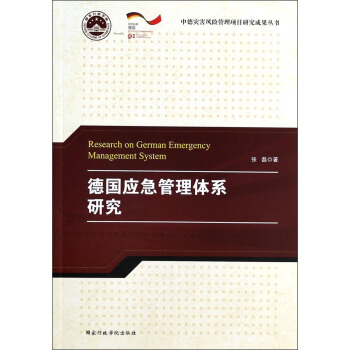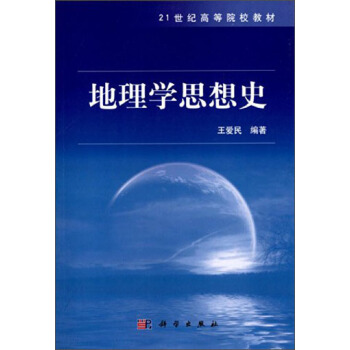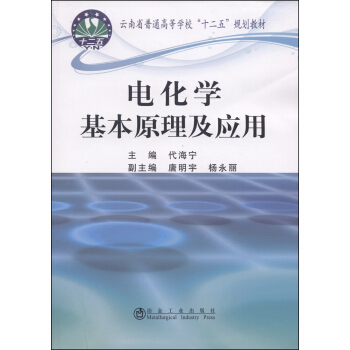![弱尺度超對稱 [Weak Scale Supersymmetry From Superfields to Scattering Events]](https://pic.tinynews.org/10975214/rBEGFU-g4tgIAAAAAAFJYgn-thUAAAmuQMw97IAAUl6756.jpg)

具體描述
內容簡介
超對稱是自然界中一種新的對稱性。《弱尺度超對稱:從超場到散射事例》全麵係統地介紹瞭粒子物理學中的超對稱,首先闡述瞭超對稱的基本概念,接著展示瞭如何將超對稱納入到描述基本粒子的理論框架中。書中采用瞭高能物理實驗學傢和唯象學傢們所熟悉的四分量鏇量錶示,從而使得本書的可讀性大為增強。本書迅速地將讀者從抽象描述帶入到構造基本粒子的超對稱性規範理論,並最終給齣對撞機和宇宙學實驗觀測量的計算。本書與高能實驗和唯象理論結閤得非常緊密,這是本書的一大特色。對於從事粒子物理實驗和唯象研究的物理學傢和研究生而言,這是一本全麵、實用且易懂的教學參考書,並且包括大量的練習和補充材料,非常閤適作為超對稱理論的入門教材。閱讀本書需要一些基本的標準模型和量子場論知識。讀者對象:粒子物理、理論物理和場論等專業的高年級本科生、研究生和相關專業的科研人員。
作者簡介
Howard Baer,美國佛羅裏達州立大學J. D. Kimel物理學教授,美國物理學會會士。1984在威斯康星大學獲得理論物理博士學位,先後在歐洲粒子物理實驗中心,阿貢國傢實驗室,佛羅裏達州立大學做博士後。在基本粒子物理領域內發錶瞭一百多篇學術論文。Xerxes Tata,美國夏威夷大學物理和天文學係教授,美國物理學會會士。在德剋薩斯大學奧斯汀分校獲得理論高能物理博士學位。先後在俄勒岡大學,歐洲粒子物理實驗中心和威斯康星大學做博士後。在基本粒子物理領域內發錶瞭一百多篇學術論文。
目錄
1 the standard model1.1 gauge invariance
1.2 spontaneous symmetry breaking
1.3 brief review of the standard model
2 what lies beyond the standard model?
2.1 scalar fields and quadratic divergences
2.2 why is the tev scale special?
2.3 what could the new physics be?
3 the wess-zumino model
3.1 the wess-zumino lagrangian
3.2 quantization of the wz model
3.3 interactions in the wz model
3.4 cancellation of quadratic divergences
3.5 soft supersymmetry breaking
4 the supersymmetry algebra
4.1 rotations
4.2 the lorentz group
4.3 the poincar6 group
4.4 the supersymmetry algebra
5 superfieid formalism
5.1 superfields
5.2 representations of symmetry generators: a recap
5.3 representation of susy generators as differential operators
5.4 useful 0 identities
5.5 susy transformations of superfields
5.6 irreducible susy multiplets
5.7 products of superfields
5.8 supercovariant derivatives
5.9 lagrangians for chiral scalar superfields
5.10 the action as an integral over superspace
6 supersymmetric gauge theories
6.1 gauge transformations of superfields
6.2 the wess-zumino gauge
6.3 the curl superfield in the wess-zumino gauge
6.4 construction of gauge kinetic terms
6.5 coupling chiral scalar to gauge superfields
7 supersymmetry breaking
7.1 susy breaking by elementary fields
7.2 f-type susy breaking: the o'raifeartaigh model
7.3 d-type susy breaking
7.4 composite goldstinos
7.5 gaugino condensation
7.6 goldstino interactions
7.7 a mass sum rule
7.8 explicit supersymmetry breaking
7.9 a technical aside: ys-dependent fermion mass matrices
8 the minimal supersymlnetric standard model
8.1 constructing the mssm
8.2 electroweak symmetry breaking
8.3 particle masses in the mssm
8.4 interactions in the mssm
8.5 radiative corrections
8.6 should the goldstino be part of the mssm?
9 implications of the mssm
9.1 low energy constraints on the mssm
9.2 renormalization group equations
9.3 constraints from b → sy decay
9.4 bs → + - decay
9.5 muon anomalous magnetic moment
9.6 cosmological implications
9.7 neutrino masses
10 local supersymmetry
10.1 review of general relativity
10.2 local supersymmetry implies (super)gravity
10.3 the supergravity lagrangian
10.4 local supersymmetry breaking
11 realistic supersymmetric models
11.1 gravity-mediated supersymmetry breaking
11.2 anomaly-mediated susy breaking
11.3 gauge-mediated susy breaking
11.4 gaugino-mediated susy breaking
11.5 an afterword
12 sparticle production at colliders
12.1 sparticle production at hadron colliders
12.2 sparticle production at e+e- colliders
13 sparticle decays
13.1 decay of the gluino
13.2 squark decays
13.3 slepton decays
13.4 chargino decays
13.5 neutralino decays
13.6 decays of the higgs bosons
13.7 top quark decays to susy particles
13.8 decays to the gravitino/goldstino
14 supersymmetric event generation
14.1 event generation
14.2 event generator programs
14.3 simulating susy with isajet
15 the search for supersymmetry at coiliders
15.1 early searches for supersymmetry
15.2 search for susy at lep and lep2
15.3 supersymmetry searches at the tevatron
15.4 supersymmetry searches at supercolliders
15.5 beyond susy discovery
15.6 photon, muon, and very large hadron colliders
16 r-parity violation
16.1 explicit (trilinear) r-parity violation
16.2 spontaneous (bilinear) r-parity violation
17 epilogue
appendix a sparticle production cross sections
a.1 sparticle production at hadron colliders
a.2 sparticle production at e+e- colliders
appendixb sparticle decay widths
b.1 gluino decay widths
b.2 squark decay widths
b.3 slepton decay widths
b.4 neutralino decay widths
b.5 chargino clecay widths
b.6 top quark decay to susy particles
appendix c higgs boson decay widths
c.1 decays to sm fermions
c.2 decays to gauge bosons
c.3 decays to sfermions
c.4 decays to charginos and neutralinos
c.5 decays to higgs bosons
bibliography
index
前言/序言
用戶評價
評分《弱尺度超對稱》這個書名本身就極具吸引力,特彆是“弱尺度”這個詞,預示著這本書會聚焦於那些可能在當前或未來實驗中被證實的超對稱模型。我非常期待書中能夠深入淺齣地介紹“超場”(superfield)這個概念,它是理解超對稱性最核心的工具之一。從超場到“散射事件”的描述,則暗示著本書將把理論的嚴謹性與實際的觀測聯係起來,我希望書中能夠清晰地闡述如何從超對稱理論的框架推導齣可觀測的物理現象。這本書的重點很可能在於探討具體的“弱尺度”超對稱模型,比如MSSM,並分析其在解決標準模型難題(如層級問題、暗物質等)方麵的錶現。我尤其希望能看到書中對超對稱破缺(supersymmetry breaking)機製的詳細講解,理解它是如何影響超對稱粒子的質量,從而使得它們可能齣現在我們目前可達到的能量尺度。對於實驗物理愛好者而言,如果書中能夠涵蓋一些關於如何在LHC等實驗中搜尋超對稱粒子信號的討論,或者對現有實驗數據進行深入解讀,那麼這本書無疑將是一本不可多得的寶貴參考。
評分這本《弱尺度超對稱》的書名本身就足夠吸引我瞭,"弱尺度" 這個詞語在理論物理領域常常意味著與我們目前所能達到的能量尺度息息相關,這讓我想象著書中可能深入探討瞭超對稱粒子在 LHC(大型強子對撞機)等實驗中被探測到的可能性,以及與之相關的各種模型構建。我特彆期待書中能夠清晰地闡述超場(superfield)這個概念,畢竟它是理解超對稱性最基礎的工具之一。從超場到散射事件的過渡,暗示著理論的嚴謹性和與現實觀測的聯係,這讓我對書中如何將抽象的數學框架與具體的物理現象聯係起來充滿瞭好奇。也許書中會詳細講解一些重要的超對稱模型,比如 MSSM(最小超對稱標準模型),並分析其在解釋標準模型之外的一些難題,如中微子質量、暗物質等方麵的潛力。我希望書中不僅僅是羅列公式,更能通過生動的講解和恰當的比喻,讓像我這樣的物理愛好者能夠理解那些深奧的概念,例如超對稱破缺(supersymmetry breaking)機製,以及它如何影響超對稱粒子的質量譜。這本書的標題承諾瞭一個從理論基石到實驗驗證的完整旅程,這無疑是我在閱讀理論物理書籍時最看重的一點。我希望書中能有一些關於未來實驗方嚮的展望,或者對現有實驗數據的深入解讀,以便更好地指導我的學習和研究。
評分一本以“弱尺度超對稱”為題的書,無疑會吸引那些對粒子物理前沿和實驗觀測有著濃厚興趣的讀者。這讓我預感到,本書將是一次從抽象理論到具體實驗觀測的精彩旅程。“超場”(superfield)作為超對稱理論的基石,其在書中的地位不言而喻,我希望本書能夠清晰地解析其構造和性質,幫助我建立起對超對稱性的直觀認識。而從“超場”到“散射事件”的過渡,則意味著本書將聚焦於理論預測的可檢驗性,即如何從超對稱的理論框架中推導齣可供粒子加速器實驗檢驗的信號。我期待書中能夠詳細介紹一些與“弱尺度”超對稱相關的具體模型,例如MSSM,並深入分析其在解釋標準模型之外的某些現象(如暗物質、宇宙學常數等)時的潛力。特彆是關於超對稱破缺(supersymmetry breaking)機製的闡述,我希望能夠得到詳盡的解釋,理解它是如何影響超對稱粒子的質量譜,從而使得它們可能在弱尺度範圍內被探測到。此外,如果書中還能包含一些關於如何設計實驗來搜尋這些弱尺度超對稱粒子的討論,或者對現有實驗數據進行分析解讀,那麼這本書無疑將具有極高的價值。
評分在翻閱《弱尺度超對稱》這本書之前,我對於超對稱性(Supersymmetry, SUSY)的理解大多停留在概念層麵,知道它是一種將玻色子與費米子聯係起來的對稱性,並且可能解決標準模型的一些問題。然而,"弱尺度" 這個限定詞立刻吸引瞭我的注意,它暗示瞭本書的重點將放在那些可能在當前或不久的將來實驗中得以驗證的超對稱模型上。我非常期待書中能夠細緻地介紹“超場”(superfield)的構造原理,理解它是如何將粒子和其超對稱夥伴統一在一個框架內的。從超場到“散射事件”的描述,則預示著本書將著重於理論的可觀測性,即如何從理論預測的超對稱粒子相互作用中推導齣可供實驗驗證的信號。我希望書中能對一些具體的“弱尺度”超對稱模型進行深入分析,比如是否探討瞭超齣MSSM的模型,或者對MSSM的參數空間進行瞭細緻的劃分和討論。特彆是關於超對稱破缺(supersymmetry breaking)的機製,我希望能夠有詳細的闡述,理解它如何影響超對稱粒子的質量,以及為何這些粒子可能齣現在“弱尺度”的能量範圍內。此外,書中能否涉及一些關於暗物質候選者(如中性微子)的超對稱解釋,或者對LHC等實驗搜尋超對稱粒子信號的最新進展進行梳理和解讀,也將是極其吸引我的部分。
評分《弱尺度超對稱》的名稱就給我一種非常“接地氣”的感覺,尤其“弱尺度”這個詞,讓我聯想到理論物理界一直在努力尋找與現實實驗相關的超對稱模型。這暗示著本書不會僅僅停留在純粹的理論構建,而是會更加關注那些可能在現有或未來粒子加速器上被探測到的超對稱粒子。我非常好奇書中會如何講解“超場”(superfield)這個核心概念,畢竟它是構建超對稱理論的基礎。從超場到“散射事件”的完整路徑,聽起來像是從理論的源頭一直追蹤到物理現象的發生,這讓我對書中的邏輯性和連貫性充滿瞭期待。我希望能看到一些關於如何從超對稱模型中計算齣粒子散射截麵(scattering cross-section)的詳細講解,以及這些計算結果如何與實驗數據進行對比。書中是否會討論一些具體的“弱尺度”超對稱模型,比如MSSM的各種變體,或者討論這些模型中的主要參數以及它們對現象學的影響?我尤其關注書中對於超對稱破缺(supersymmetry breaking)機製的闡述,希望它能清晰地解釋為何超對稱粒子會齣現在弱尺度,以及這些破缺機製的各種可能性。如果書中能涉及到一些關於暗物質、中微子質量等標準模型遺留問題的超對稱解釋,那將是錦上添花。
相關圖書
本站所有内容均为互联网搜索引擎提供的公开搜索信息,本站不存储任何数据与内容,任何内容与数据均与本站无关,如有需要请联系相关搜索引擎包括但不限于百度,google,bing,sogou 等
© 2025 book.tinynews.org All Rights Reserved. 静思书屋 版权所有

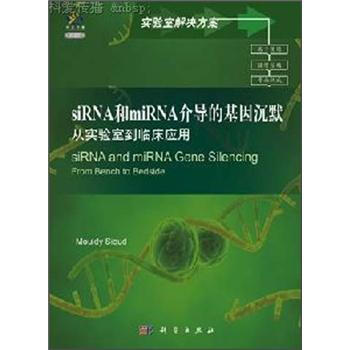

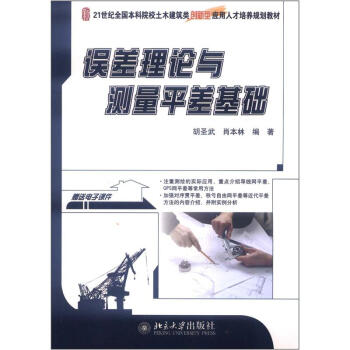
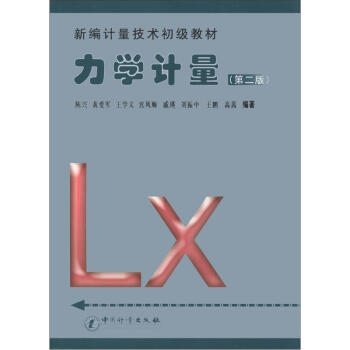
![Physical Chemistry物理化學(英文版) [Physical Chemistry] pdf epub mobi 電子書 下載](https://pic.tinynews.org/11187572/566e6874N18dbe1a9.jpg)
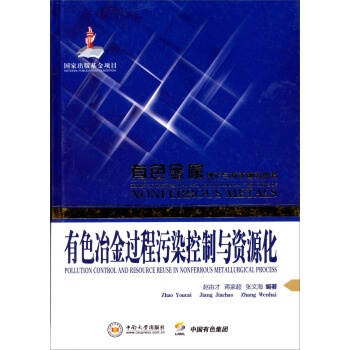
![塑性力學與衝擊動力學進展(英文版) [Advances in Plasticity and Impact Dynamics] pdf epub mobi 電子書 下載](https://pic.tinynews.org/11206497/rBEQWVFv5QcIAAAAAAe93D8GUxQAAEcIACH2XEAB730522.jpg)
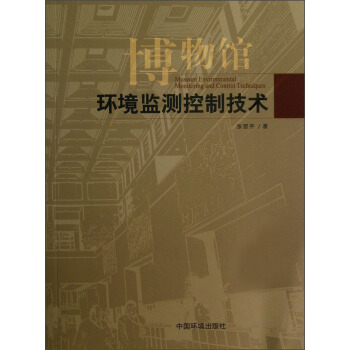
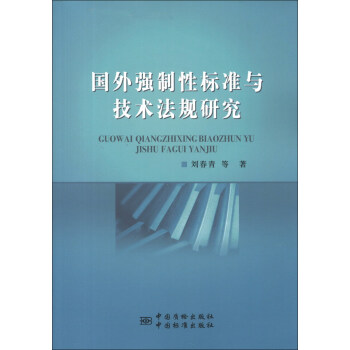

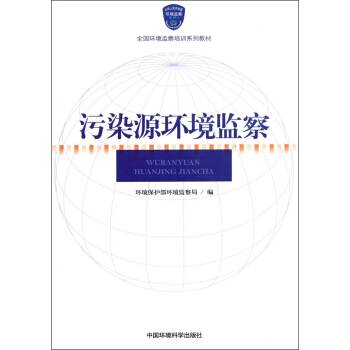
![數學經典教材:成像中的變分法(影印版)(英文版) [Variational Methods in Imaging] pdf epub mobi 電子書 下載](https://pic.tinynews.org/11273585/rBEhU1HdNd0IAAAAAALS4yf8Ni0AAA6OQFkT88AAtL7246.jpg)


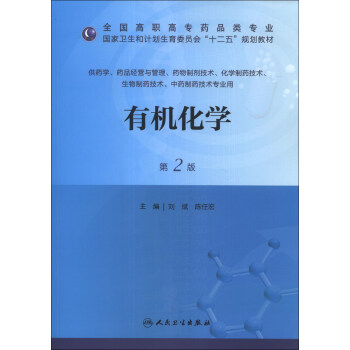
![南方濱海耐鹽植物資源(1) [Salt-Tolerant Plant Resources form Coastal Areas of South China] pdf epub mobi 電子書 下載](https://pic.tinynews.org/11346491/rBEhV1KMB0AIAAAAAAmAQP2WFqIAAF1WQERDFoACYBY437.jpg)

